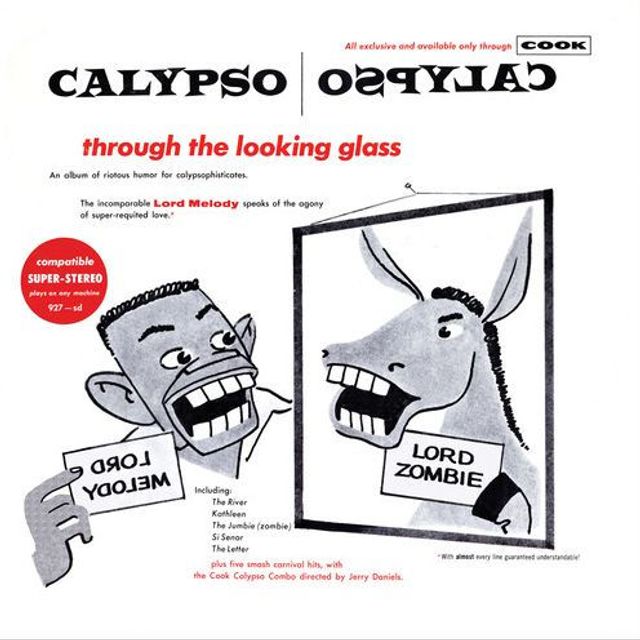Home
Blindness Through the Looking Glass: Performance of Blindness, Gender, and Sensory Body
Loading Inventory...
Barnes and Noble
Blindness Through the Looking Glass: Performance of Blindness, Gender, and Sensory Body
Current price: $32.50


Barnes and Noble
Blindness Through the Looking Glass: Performance of Blindness, Gender, and Sensory Body
Current price: $32.50
Loading Inventory...
Size: Paperback
*Product Information may vary - to confirm product availability, pricing, and additional information please contact Barnes and Noble
Modern Western culture is saturated with images, imprinting visual standards of concepts such as beauty and femininity onto our collective consciousness.
Blindness Through the Looking Glass
examines how gender and femininity are performed and experienced in everyday life by women who do not rely on sight as their dominant mode of perception, identifying the multiple senses involved in the formation of gender identity within social interactions. Challenging visuality as the dominant mode to understand gender, social performance, and visual culture, the book offers an ethnographic investigation of blindness (and sight) as a human condition, putting both blindness and vision “on display” by discussing people’s auditory, tactile, and olfactory experiences as well as vision and sight, and by exploring ways that individuals perform blindness and “sightedness” in their everyday lives. Based on in-depth interviews with 40 blind women in Israel and anthropological fieldwork, the book investigates the social construction and daily experience of blindness in a range of domains. Uniquely, the book brings together blind symbolism with the everyday experiences of blind and sighted individuals, joining in mutual conversation the fields of disability studies, visual culture, anthropology of the senses, and gender studies.
Blindness Through the Looking Glass
examines how gender and femininity are performed and experienced in everyday life by women who do not rely on sight as their dominant mode of perception, identifying the multiple senses involved in the formation of gender identity within social interactions. Challenging visuality as the dominant mode to understand gender, social performance, and visual culture, the book offers an ethnographic investigation of blindness (and sight) as a human condition, putting both blindness and vision “on display” by discussing people’s auditory, tactile, and olfactory experiences as well as vision and sight, and by exploring ways that individuals perform blindness and “sightedness” in their everyday lives. Based on in-depth interviews with 40 blind women in Israel and anthropological fieldwork, the book investigates the social construction and daily experience of blindness in a range of domains. Uniquely, the book brings together blind symbolism with the everyday experiences of blind and sighted individuals, joining in mutual conversation the fields of disability studies, visual culture, anthropology of the senses, and gender studies.


















